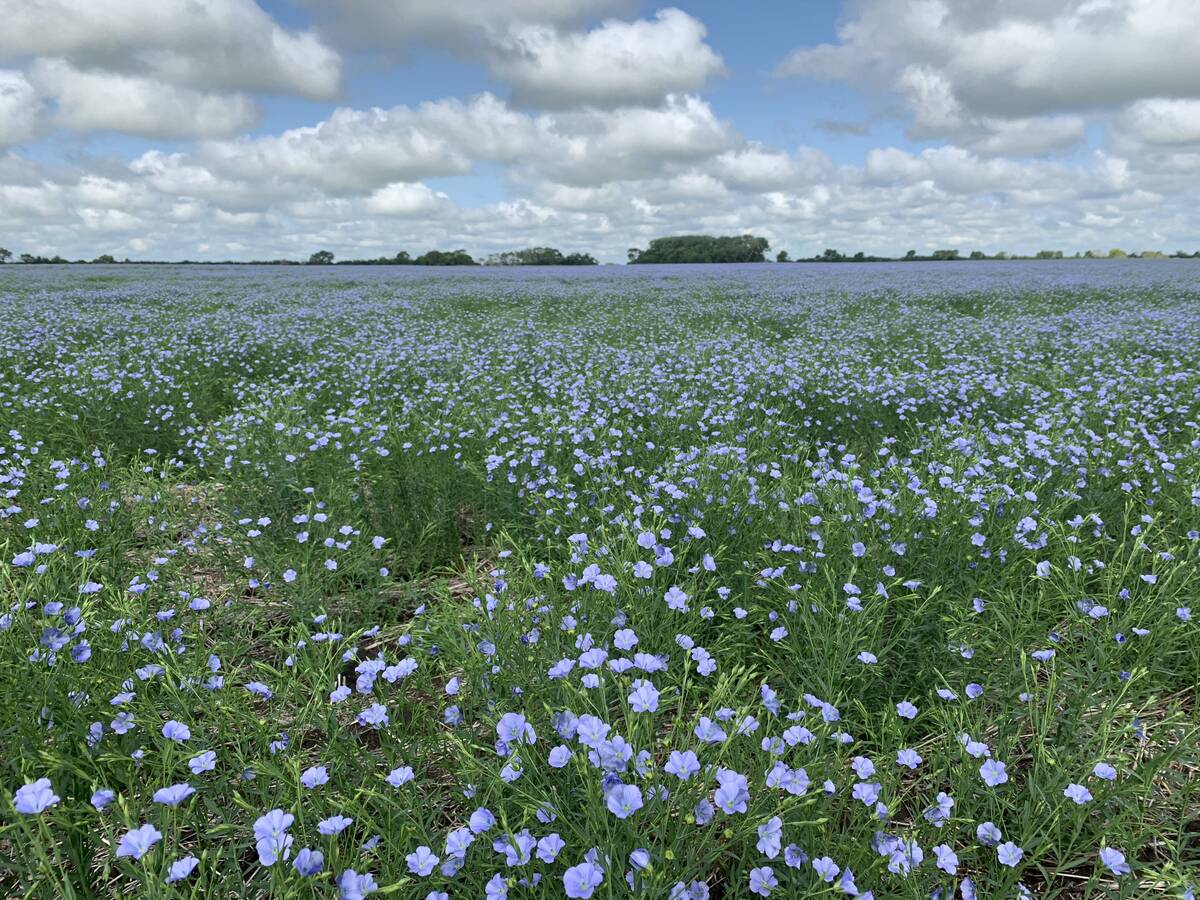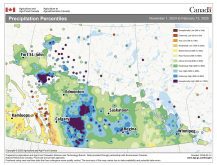Is this the year the big question gets answered?
Have we moved into a new age of dependable and resilient crop yields that can withstand the weather shocks that used to wreck major crops?
Some people think the answer is yes, we have, and the steady production and flat crop markets of recent years are the shape of things to come.
Others think the world has just been lucky.
The answer to this question, more than anything else, will define the financial future for farmers.
Read Also

Flax sector sees omega-3 opportunity
SASKATOON — A global shortage of omega-3 oils could be an opportunity for the flax sector, says an industry official….
I’ve been thinking about this because the issue came up time and again in 2017 and as I called around to analysts and economists to get their take on the big issues for 2018.
Really, the supply and demand situation isn’t that much different for 2018 than it was for 2017: big crops have left comfortable stocks that strong world demand is consuming.
The result of that is the weak and relatively flat prices since 2014.
Is that going to continue?
Until the past few years, the answer was always: It depends on the weather.
But in the last couple of years a growing chorus of people has been arguing that today’s crops are just a lot tougher than crops from a few years ago. Seed companies have built much resilience into today’s varieties, so the droughts, frosts, cool and scorching weather that once devastated crops now just have a minor impact.
These people argue that this is what’s behind unexpectedly good results for crops like those of Western Canada and North Dakota last summer, which ended up producing decent wheat and other crops despite a drought that appeared to be a crop killer.
A number of weather shocks like this have hit the world’s crops in the past three years, yet yields have been OK in some of the worst hit areas, and elsewhere they have been good.
That’s pretty good proof.
On the other hand, maybe it has just been luck. In the example of last summer’s prairie crops, the drought was severe, but there was lots of soil moisture from 2016 that the crops could mine. That’s a fortunate combination that can’t be counted upon in future droughts.
Elsewhere, weather has been OK for the past few years. Maybe we just haven’t faced a real shock and have simply grown complacent.
While crop optimists point to 2014-17 as evidence that crops now are just much more resilient than in the past, crop pessimists point to the 2012 drought as proof that crops are still vulnerable and can be badly hammered.
No one knows what the weather will be in 2018, so we don’t know if we will receive an answer to this question this year.
But the difference for farmers is huge. If farmers can’t count on weather shocks to provide sharp rallies, they’ll need to live without that hope and market accordingly, in a more conservative manner. There would be no reason to believe the 2014-to-now low profitability doldrums will end.
If they can grow crops without fear of disaster, their crop choices and risk management programs can be bolder.
But if this has just been an unusually stable period brought about by good fortune, farmers will need to stick to their tried and true wisdom about marketing and production risk management. They’ll need to be conservative with crop choices but could be bolder with marketing choices.
For non-farmers, it’s an interesting debate. For farmers, it’s rather more.
Perhaps 2018 will provide an answer.















